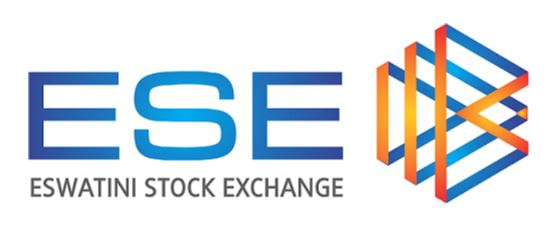
In essence, the asset increases while cash decreases, although cash is a liquid asset. Having a trial balance is a standard format to prepare financial statements used by accountants. An account having debit balances is Interest expense, bank loan, bank account, and office supplies expense. The only version carrying a credit balance is the owner’s equity. At any point, the total of the entries on the left side of the trial balance (debits) will equal the total of the entries on the right side (credits).
Do investments have a debit balance?
Investments – Similar to fixed assets, investment purchased will have a debit entry, and later debit balance will be reflected in the investment account.
If the company meets double-entry accounting standards, debits will equal credits. But if they don’t, it means there’s a debit or credit without a matching transaction somewhere on the opposite side of the worksheet. The transactions summarized by an account in the trial balance should be the same as those summarized by an account in the general ledger. Before closing the books, accountants generate a trial balance which lists accounts in numerical order with debit and credit accounts balances. If the debits equal the credits on a trial balance, then the next step is to create the general ledger for each company. A trial balance requires access to all of the company’s finances.
Buy Business Insurance
For example, if you purchase a $2000 couch for your office lobby on credit. Your assets will increase by $2000 because you now own furniture valued at $2000. Your liabilities will also increase by $2000 because you now owe $2000. Simply put, debits (dr) record money (or assets) going into your business and credits (cr) record money out.
- And, although it is counterintuitive, you have to debit the cash account (an asset).
- This transaction doesn’t actually change the accounting equation, but you still need to record it in your journal entries.
- Debits and credits form the basis of the double-entry accounting system of a business.
- A debit account is on the left-hand side, and a credit account is on the right.
Most accounts are numbered in the order they are displayed on the balance sheet. This means that assets accounts would come first, followed by liabilities and equity accounts and then ending with the revenues and expenses accounts. Once a book is balanced, an adjusted trial balance can be completed.
What Are the Errors that Can Cause a Mismatch in Trial Balance?
Credits, abbreviated as Cr, are the other side of a financial transaction and they are recorded on the right-hand side of the accounting journal. There must be a minimum of one debit and one credit for each financial transaction, investment is debit or credit in trial balance but there is no maximum number of debits and credits for each financial transaction. It is a common practice to list the account names in the order they appear on the general ledger of by their respective account numbers.
Both Debit and Credit in accounting hold importance and are equally relevant, enabling an easy understanding of a company’s financial activities. A Trial Balance is the preparation of all accounts from ledger card notes and prepared in ascending order. For instance on your new accounting software, that could cost as little as nothing, yet to keep the errors at bay.
🤔 Understanding trial balances
Information is from sources deemed reliable on the date of publication, but Robinhood does not guarantee its accuracy. A company takes out a new loan of $7,500 to increase its working capital. The funds from the loan are deposited directly into the company’s bank account. This results in an increase in the company’s bank account balance and increases the company’s liabilities. One option is to create two separate ledgers, one for debits and one for credits. Another option is to use a software program that will automatically keep track of both types of entries.
Where is investment in trial balance?
Where interest on investment in trial balance comes? Interest on investment on trial balance comes on the credit side as it is an income received. Interest costs may be an asset or a problem. Interest that has already been paid is recorded as current debt, whereas interest that hasn't been paid yet is.
This is because investment is an asset to the investor who can either be an individual or a business. So, if one makes an investment with the hope of generating higher returns in the future, the investment account will be debited while the cash account or bank account will be credited. After recording transactions in the journal and posting them in the ledger, the next step in the accounting process is to prepare a trial balance. A capital account is used by sole proprietorships and partnerships to track the net investment balance of their owner(s) from the perspective of the business.
Recommended explanations on Business-studies Textbooks
For example, if a company has a high depreciation figure, yet comparatively few capital assets. The account has a debit balance when total debts are greater than total Credit, whereas the account has a credit balance when total credits exceed total debts. The total number of obligations should equal the number of recognition across the company when the trial balance is drawn up.

Is investment a debit or credit?
If you invest more money, your assets in the company will increase (debit) and your equity in the company will also increase (credit).


